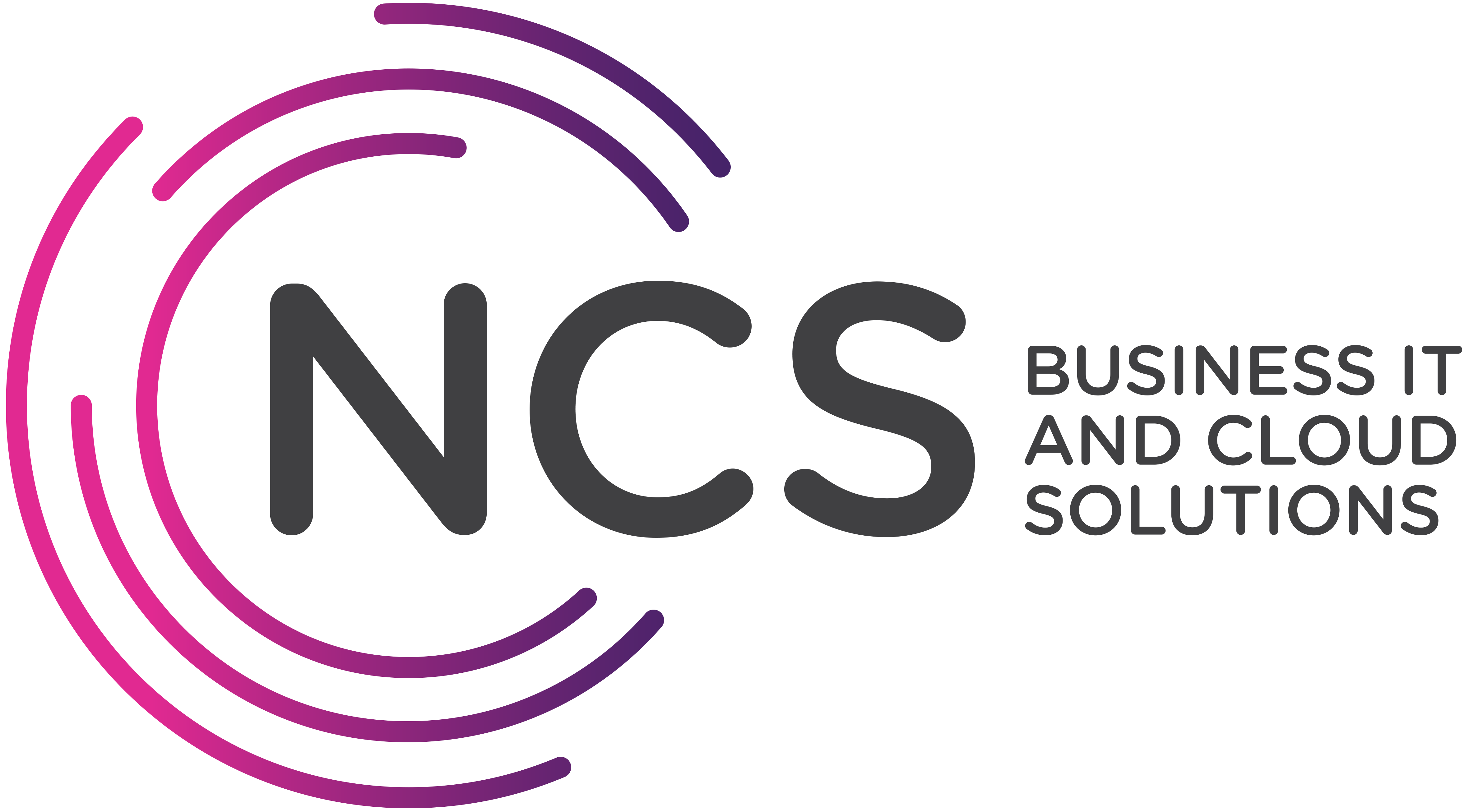Explore Microsoft's transformative journey to a secure and empowering hybrid work environment. Get lessons learned by the tech leader when it transformed employee experience and made strategic investments in technologies like Microsoft Viva, Teams, Azure Digital Twins and the Power Platform to foster innovation and collaboration among employees working remotely and in-office. Read the case study for tips on how to apply these lessons to your organization's hybrid work strategy.
How is Microsoft adapting to hybrid work?
Microsoft is reimagining the employee experience by investing in digital capabilities, physical spaces, and cultural norms. The company has transitioned to a more proactive approach with a focus on employee needs, utilizing tools like Microsoft Teams and Microsoft 365 Copilot to enhance collaboration and productivity. Additionally, Microsoft is committed to maintaining an inclusive atmosphere in meetings, ensuring that remote participants feel equally engaged.
What role does AI play in Microsoft's employee experience?
AI is central to Microsoft's strategy for enhancing employee experiences. Tools like Microsoft 365 Copilot assist employees with tasks such as composing emails and summarizing meetings, leading to a reported 70% of users feeling more productive. The integration of AI into various platforms allows for personalized workflows and seamless collaboration, ultimately transforming how employees work in a hybrid setting.
What is the Zero Trust security model?
The Zero Trust security model at Microsoft ensures a secure environment by validating every transaction between systems. This model emphasizes strong identity verification and least privilege access, reducing risks associated with hybrid work. By adopting a cloud-first strategy and implementing Zero Trust, Microsoft aims to protect its corporate assets while providing employees with a safe and productive work experience.



